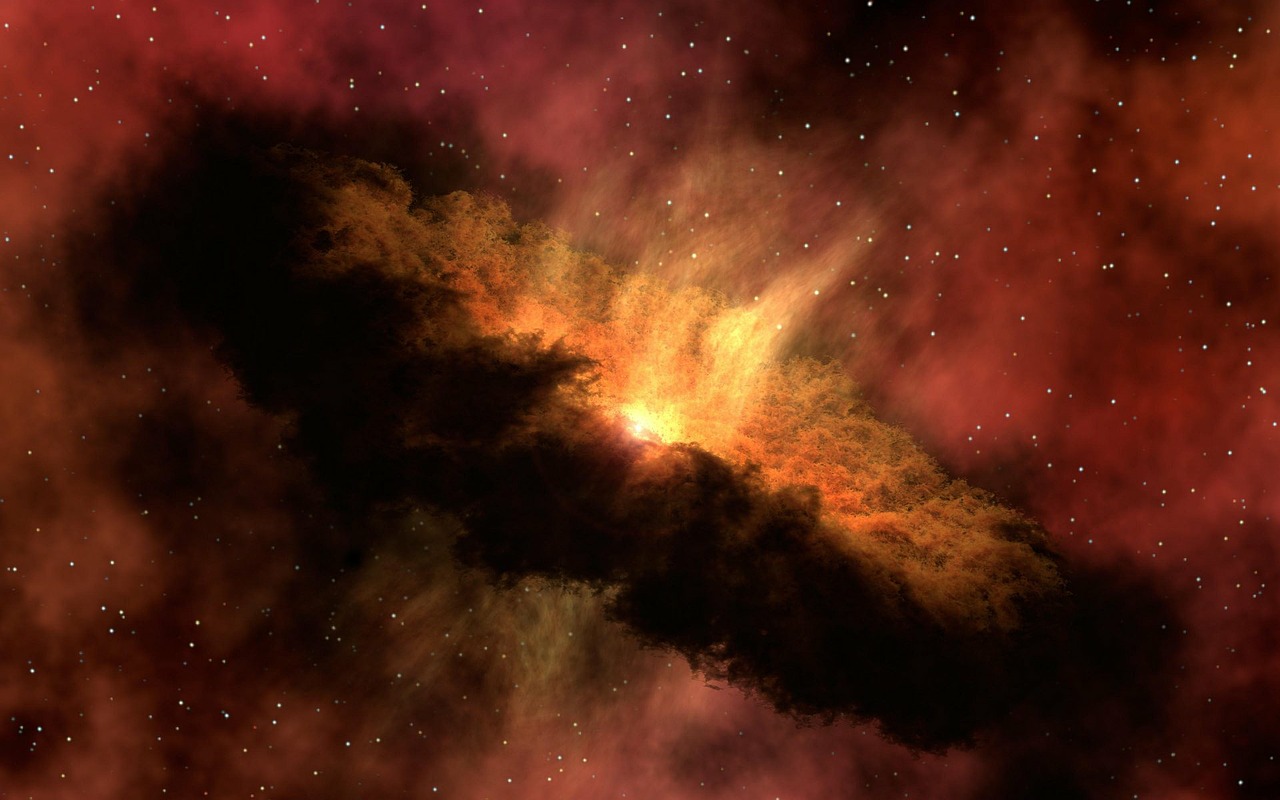Astronomers at Yale University have observed the first quasar to change its appearance, as it seemed to have its own dimmer switch.
Quasars are large and very luminous objects that draw energy from black holes. Until now, researchers have been unable to study both the dim and bright phases of a quasar in one source. Yale researchers found a quasar that dimmed by a factor of six or seven compared to observations of the same quasar from years ago, according to Yale News.
[quote text_size=”small” author=”– Stephanie LaMassa” author_title=”Lead study investigator”]
This is like a dimmer switch. The power source just went dim. Because the life cycle of a quasar is one of the big unknowns, catching one as it changes, within a human lifetime, is amazing.
[/quote]
The object was noticed during research of Stripe 82, a sliver of sky along the Celestial Equator. Researchers noticed a weakening of a quasar’s broad emission lines and ruled out the chance that the quasar simply appeared to lose brightness due to an object passing in front of it, according to Science World Report.
Astronomers say that the weakening of the quasar’s broad emission lines was even more significant than the dimming. These broad emission lines, visible on the optical spectrum, are gas signatures too distant to be consumed by the black hole but close enough to get “excited” by energy from material falling into the black hole.
Changes in the emission lines told researchers that the black hole had essentially gone on a diet and was giving off less energy, which is when the quasar hit the dimmer switch and most of its broad emission lines vanished.
The findings are significant for many reasons. This is the first direct information about the intermittent nature of quasars and it hints at sporadic activity of black holes. All galaxies are believed to contain supermassive black holes, and understanding the dynamics of quasars can help researchers understand how our own now-dormant supermassive black hole formed, according to Discovery News.
Scientists believe that quasars are caused by superheating material in an accretion disc surrounding a black hole. When material is drawn toward the black hole’s gravity, it spins and heats to millions of degrees. This environment causes two jets of material to blast into space, which is known as an active galactic nucleus. When the black hole eventually runs out of fuel, as nothing is close enough to be pulled into its gravity, the quasar fades and turns off.
























